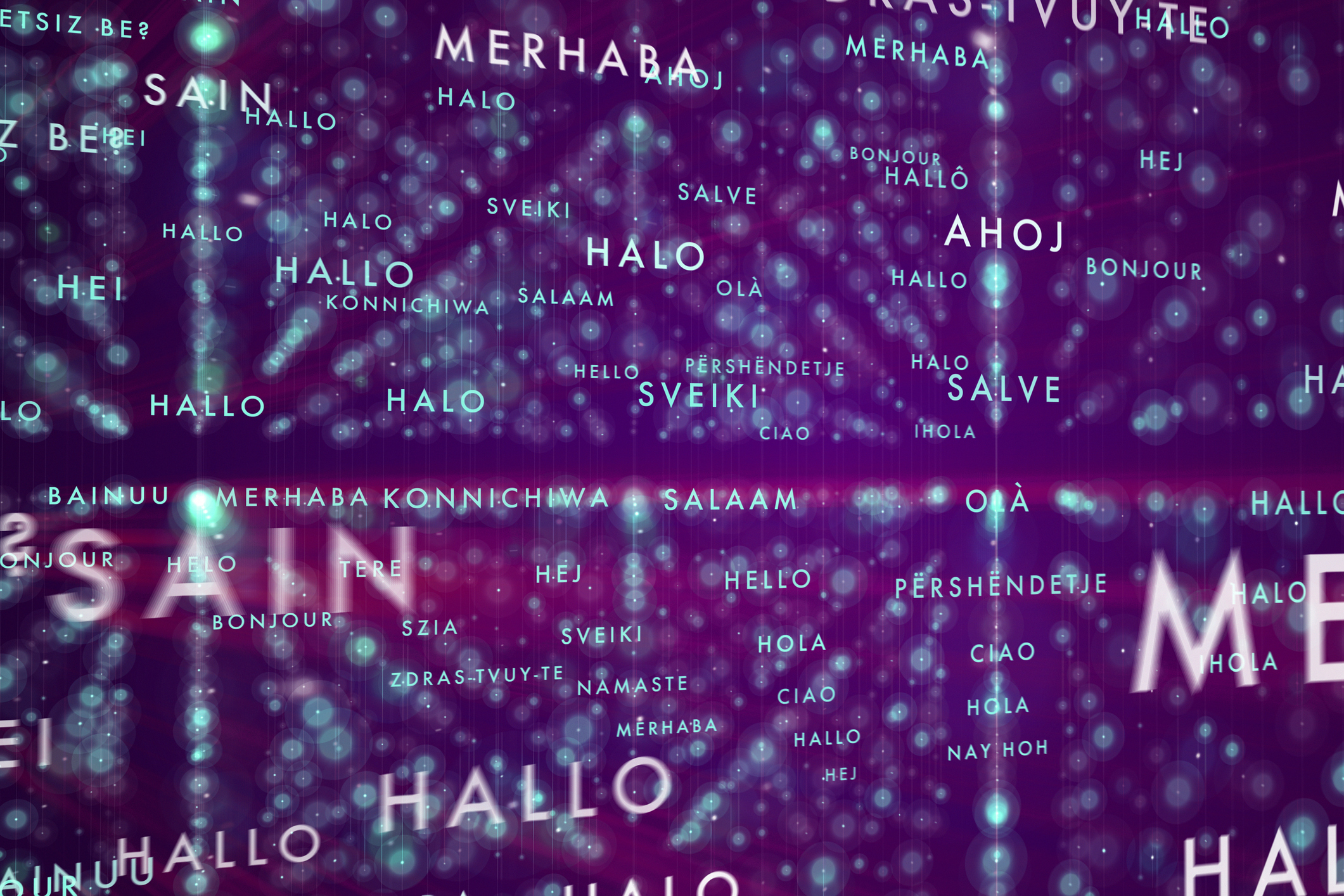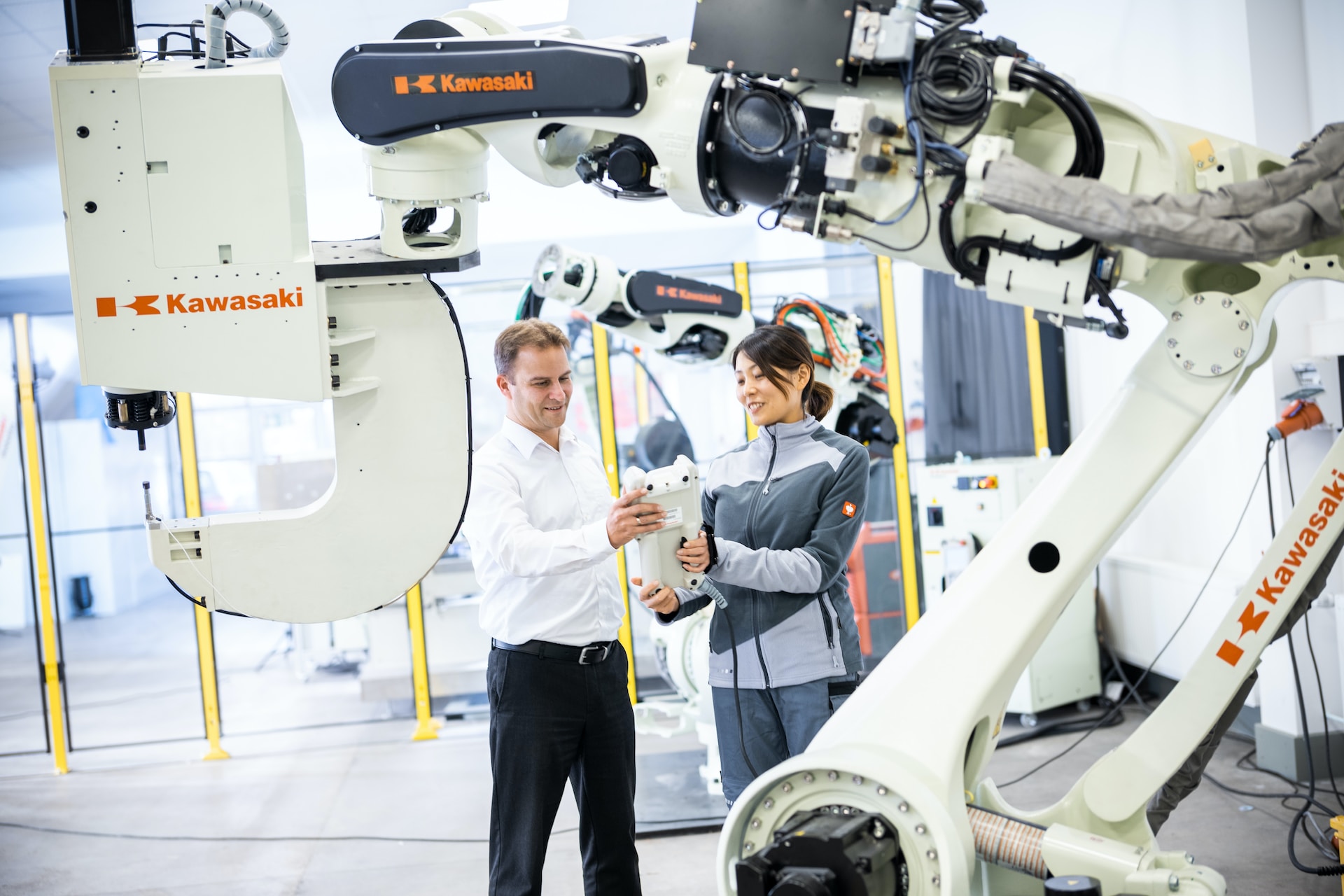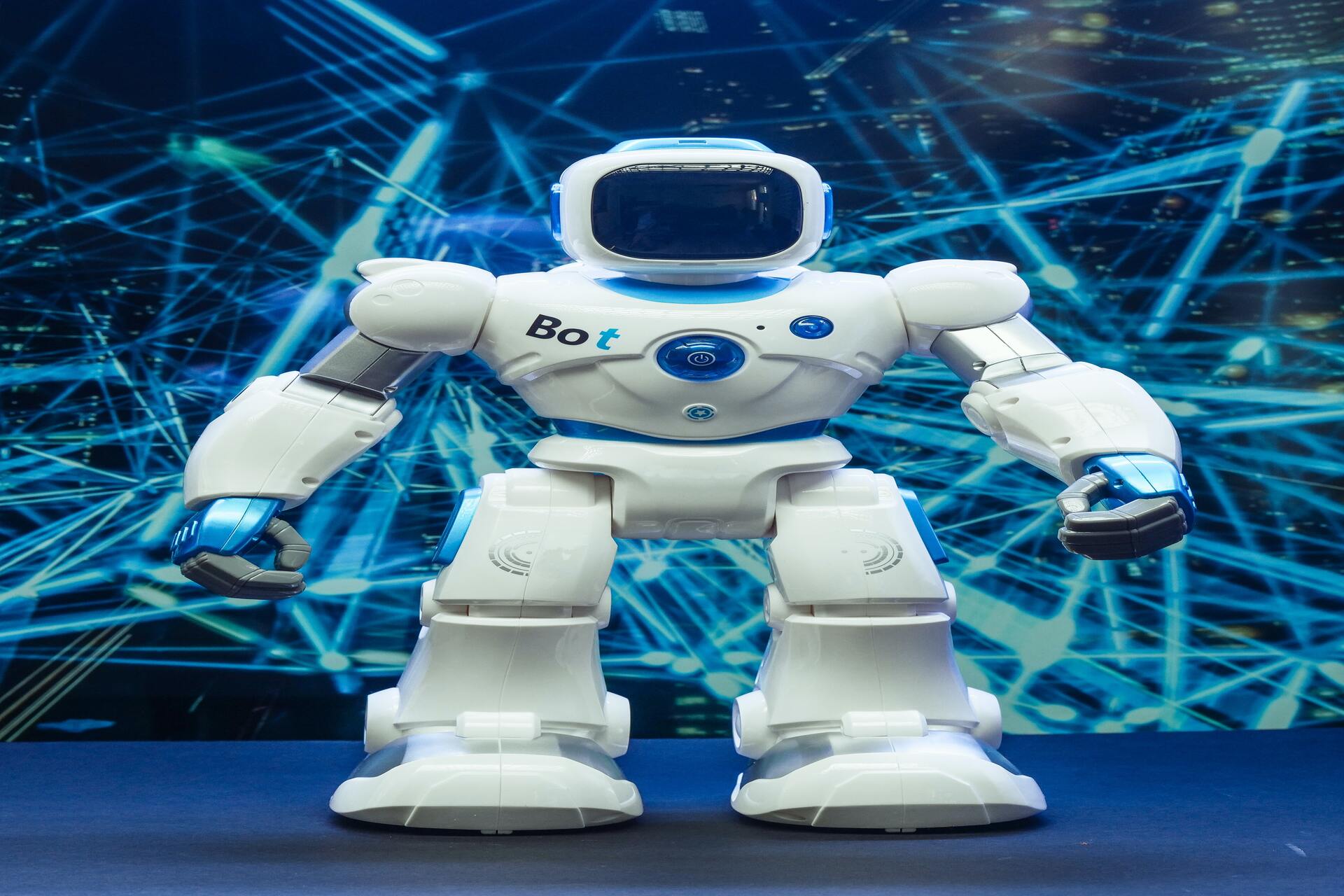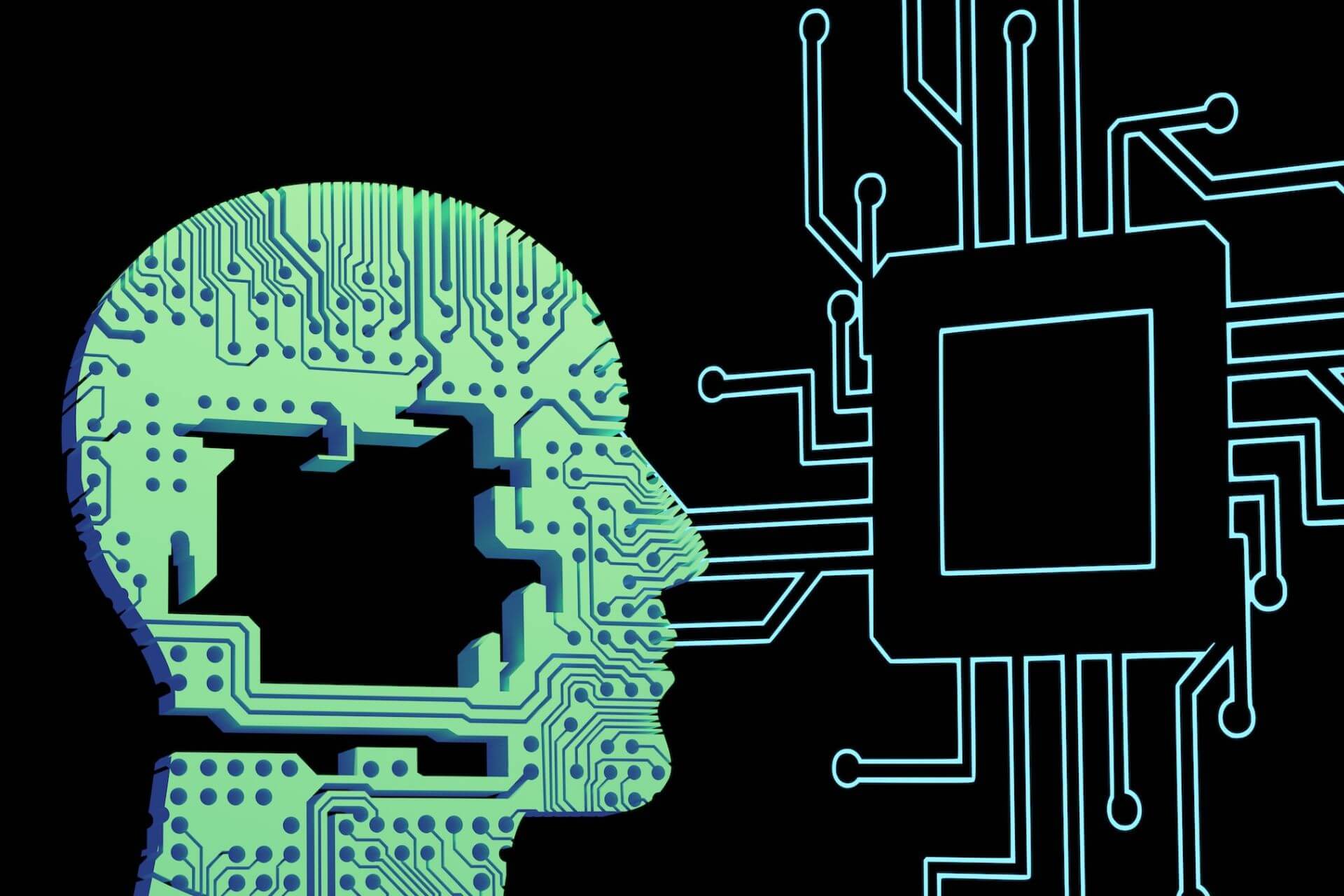
Here Is How DeepL Translator and Google Translate Compare
March 28, 2023 - Revolutionized Team
Revolutionized is reader-supported. When you buy through links on our site, we may earn an affiliate commision. Learn more here.
The machine translation service DeepL caused a major stir when it was first launched back in 2017. The tool — developed by a Cologne-based team of around 20 people — was quickly found to be just as effective as Google Translate, the older translation tool developed by one of the giants of the tech world. Both DeepL Translator and Google Translate use the same approach to machine translation. By using state-of-the-art AI trained on manually translated text, it’s possible to use AI to translate new strings of text provided by a user.
DeepL, however, seems to have found a better combination of algorithm design and language data — and there’s some evidence that it may be significantly more accurate than Google Translate.
DeepL Translator vs. Google Translate: Key Differences
Google Translate and DeepL are both machine translation services. They use AI to translate user-provided text from one language to another. Both applications can automatically detect languages. That capability allows users to translate text in an unknown language to one they can understand.
The most significant difference between the two is the language data each tool is trained on. DeepL Translator draws from Linguee’s massive corpus of manually translated sentences, idioms and text snippets.
Google Translate uses a mix of digital resources in various languages. The original database for the tool drew heavily on the Europarl Corpus, a collection of human-translated documents from European Parliament proceedings.
Both tools have limitations. European language translation is generally more accurate than the translation of languages like Chinese or Somali. But DeepL’s source corpus seems to help it offer more accurate translations.
Looking for Extra Features?
DeepL also offers a few additional features that Google’s translation service currently lacks. Besides translating the text, DeepL provides a glossary that allows users to choose how to translate certain words or phrases. If you find that DeepL consistently mistranslates a word, idiom or phrase, you can fix it yourself without manually correcting each translation.
For certain languages — like French and German — you can also choose the formality of the output translation. This may help the translator capture nuances in the original text it may not have otherwise found.
Add a Little Variety
Google Translate beats DeepL when it comes to variety. DeepL Translator only supports 31 languages for text translations right now. However, Google Translate supports 133 languages for text translation.
Google Translate also supports image translation for 37 languages. It lets you point your camera at text — like a food packaging label — then use Google to translate it. DeepL’s limited language support may be a point in its favor, however.
While Google Translate supports languages like Somali, users often find the translations suspect or low quality. In some cases, due to the limited availability of source material, religious texts are significantly overrepresented in the language database. This problem means if you enter something that confuses the algorithm, Google Translate will sometimes spit out unusual translations cobbled together from religious texts.
Even though languages like Somali are available, limited digital resources may mean translations to and from Somali are ultimately weaker than those to or from languages like French or German. Those other two can both draw on the texts from the Europarl Corpus.
Measuring the Effectiveness of DeepL vs. Google Translate
While it can be challenging to compare the quality of two translations, people have researched how the two services stack up. One 2018 pre-print from a National Research Council Canada linguist used a set of French-language challenge sets to measure the effectiveness of DeepL and Google Translate. By assembling and translating these challenge sets — sets of sentences that are particularly difficult for computers to translate — you can estimate how well a service breaks down a language.
The researcher found DeepL’s “overall rate of success was almost 13% higher than that of Google.” DeepL Translator beat Google when translating idioms, yes-no questions and sentences with negation.
The two services were equally effective at handling morpho-syntactic divergences — or sentences where the translated language differs significantly from the target language in which grammatical features are explicitly marked. In French, for example, the pronoun “leur” comes before the verb and can mean both “to them” and “from them.” When translating “leur,” a machine translator has to decide which preposition — if any — it needs to use.
Research with automated machine translation testing tools has also found DeepL is slightly more effective than Google at machine translation.
The Effect of Online Translators on Language Learning
High accuracy rates are among the top advantages of both Google Translate and DeepL. So, many people wonder what effect these tools could have on language learners and teachers. One of the challenges with English classes is students may come from places as varied as Syria and Spain.
That means it usually doesn’t help a teacher very much to know a certain language before starting the class. The students’ native tongues are so varied that the instructor is often learning new languages themselves as much as helping the students.
It may help instructors if they know how to use DeepL translator for quick reference during a class, though. Doing that is probably much handier than using one of the many translation search engines.
One way translator apps help is by aiding students who remember specific words in their native languages but cannot recall them in English. Quickly launching Google Translate on smartphones fixes that issue, minimizing the frustration for everyone involved.
But how good is DeepL translator or Google Translate for more extensive needs? For example, how do they perform when checking the content of whole essays in English from nearly-fluent students? Teachers have mixed opinions about the worth of online translators.
English Teachers Share Their Thoughts
Patrick Conaway — associate professor of English at Japan’s Shokei Gakuin University — said, “Well, I can tell if they’re using Google Translate, but if they’re using DeepL, I can’t tell.” He explained the main difference is that DeepL can mimic the grammatically correct writing an intermediate or advanced English language student could use.
A teacher may even think an essay wholly translated by DeepL is a student’s work — that is, until they see the “translated by DeepL” message at the bottom the person forgot to remove before submitting.
Potential Problems Arise
Samantha Kawakami owns a private language school and teaches English part-time at the university level. She’s not so enthusiastic about translators. However, she and her colleagues are familiar with and have used them.
“If you have long passages, DeepL does come up with language that is more natural overall. But DeepL often mistranslates words and shorter phrases. Google Translate and Bing Translate both seem to do better with individual words and short phrases. On a couple of occasions, DeepL has also ignored whole sentences and left them out in the translation. I have not had either Google or Bing make this particular error,” she explained.
José Domingo Cruz — who teaches English at Japan’s Kyushu Institute of Technology — likes Google Translate for the pronunciation information it provides. He also appreciates how the app provides links to supplement language learning.
English language teachers caution that students may feel tempted to use online translators in unethical ways. It’s one thing to use such apps to check work or to better understand a paragraph of text. Those activities can genuinely help people learn and support their hard work. However, if users let machine translators do almost everything for them, they’re not learning.
Bias in Machine Translation
DeepL — while more effective than Google Translate in some areas — still struggles with a few issues that are endemic to machine translation and AI in general. Machine translation relies on machine learning. An AI receives massive amounts of data that it “learns” from and uses to build a predictive model. Over time, by combing through this data, the AI can identify and replicate subtle patterns in the original set.
This approach enables a wide variety of AI applications. For example, machine vision allows computers to identify objects in visual data, voice recognition and machine translation.
With this approach, however, the AI depends on the data it learned from. Without the proper controls, an AI can only replicate reality, meaning it will reproduce any bias that it learns.
This has become a major problem for just about every significant AI project, like experiments with facial recognition that reproduced biased data or AI-powered resume screening tools that downgraded candidates who attended all-women colleges.
Machine learning translation requires a collection of manually translated texts that make up the training data for the AI. Information from this corpus is how the AI “learns” to translate. By finding common translations for single words and sorting out patterns in grammar, the AI can build a model of how certain phrases or idioms tend to be translated.
While these translations won’t be particularly innovative or creative, they can be effective. They’re especially helpful in a business context, where language is often formal and clear communication is a priority. This often means translating text can be easier and has less risk of losing essential nuance.
However, the AI draws on previous translations. Thus it’s not unusual for it to reinforce biases that existed in the original training data. A machine translator may also overcorrect. It then strengthens existing patterns and creates an algorithm even more biased than reality.
Attempts to Solve Bias Problems
Google has come under fire several times due to bias in its translations. When given a gendered phrase — like “Der Krankenpfleger,” German for “the male nurse” — it would produce a differently gendered translation, like “l’infirmière,” which is French for “the female nurse.” It tried to solve this problem by identifying potentially gendered phrases and offering multiple possible translations side-by-side.
DeepL solves this problem in a similar fashion. It translates “ő egy orvos” to “He is a doctor,” then offers the alternative “She is a doctor” in a panel below the original translation. This approach isn’t always effective at catching translation bias, however.
Research on stylistic bias in machine translation has found DeepL is still susceptible to bias. While generally better at translating more accurately than Google’s service, DeepL was sometimes even more biased.
Pros and Cons of AI Translation Services
With both Google Translate and DeepL Translator becoming more powerful, how do instant text translators stack up against human translation services?
1. Biases
First, there are biases, but these aren’t unique to AI text translators. Stereotypes don’t arise spontaneously but rather come from the people who wrote the source material from which the AI is learning. People can train machine learning models to become less biased.
2. Translation Errors
Another issue is incorrect translations. In 2017, a Google Translate error went viral for creating a string of words from a single Japanese character pasted repeatedly in the translation box. Among the English translations it provided were “return,” “eco-production” and the nonsensical phrase, “decearing egg.” Although this glitch yielded hilarious results, others may cause communication errors.
The trouble stems from the fact that text translators don’t always understand words out of context. For example, translating the English phrase, “I saw a baby bat on the ground. I grabbed the bat” into Spanish on Google Translate yields two different translations of the word “bat.” The first is the animal, while the second is the sports equipment.
The translation ends up being, “I saw a baby bat on the ground. I picked up the baseball bat.” The story now sounds as though the speaker is scared of the animal and is defending themself with a baseball bat, while the English phrase is ambiguous.
Putting the same English phrase into DeepL, the translator correctly understands that it’s the same type of bat in both sentences. However, it still yields various translations for “bat” depending on the surrounding context, so users must be careful when using ambiguous words in an AI-based text translator.
3. Reduced Human Interaction
Another potential problem of using AI-based translation services is it reduces the amount of time spent asking native speakers for help. In an era of increasing social isolation, that can have negative repercussions both for learning a language and interacting with other people.
Learning a language the old-fashioned way often requires traveling, having new experiences and talking one-on-one with a native speaker. The human element is lost in online translators.
4. Easier Foreign Travel
On the flip side, being able to quickly engage with a non-native speaker — albeit on a rudimentary level — has numerous real-world benefits. In a foreign country, a person can use a translator to ask for directions to the hospital. Once there, they can tell the staff what’s bothering them or at least give clues by translating simple words like “chest pain” or “heart.”
With the advent of image translation, people can also read more complicated warning labels or signs such as, “This road is under construction. Please take an alternate route.”
5. Ease of Learning
Before the advent of online translators, students could spend hours painstakingly looking up the meaning of words in a dictionary. Writing or even double-checking an essay became a laborious process, which may have discouraged certain students from writing or learning new words for fun.
Now, students can use instant text translators as an accessible online dictionary. While there will always be students who use AI to cheat, others can use it to great advantage when it comes to learning.
Other AI Translation Models
How do DeepL translator and Google Translate compare to other language AI models? There are many other algorithms in development, including some that could give DeepL and Google Translate a run for their money. For example, Meta is developing a groundbreaking translation model that includes over 200 different languages.
In 2022, Meta announced the No Language Left Behind project, or NLLB. The research program led to the NLLB-200 translation model which includes dozens of languages that are missing from most other algorithms. The NLLB prioritized including low-resource languages, which have less media for use in AI training. A low-resource language can be very popular and important. It simply doesn’t have as much written or recorded content as other languages.
By including 150 low-resource languages in NLLB-200, Meta aims to conserve dying languages and expand inclusion online. In 2022, Meta made NLLB-200 open source and released large amounts of research for other developers to use.
DeepL might be powerful, but it only has 31 languages. Google Translate has 133, but NLLB-200 still tops both. As a large language model, it is more likely to give accurate, realistic translations than Google Translate would. NLLB-200 can also deliver those translations across far more languages than DeepL currently supports.
The main drawback of NLLB-200 is accessibility. As of 2023, it still functions more like an early-access API than an open-ended translation service. Users can’t go to Meta’s website and plug in any content they want to translate. However, Meta is offering grants for developers who want to start integrating NLLB-200 into real-world applications. So, the algorithm could be widely available in the near future. For right now, users can test it out for free in a demo that allows readers to translate several illustrated children’s stories from around the world.
Meta also developed a speech translation model, SeamlessM4T, which went open source in 2023. M4T is somewhat more limited than NLLB-200 but still a step up from Google Translate and even DeepL. It can perform text-to-speech, text-to-text and speech-to-speech translations for 100 different input languages. Unfortunately, it is limited to only 35 output languages for speech translations. Interestingly, M4T can reportedly detect when someone switches languages in the middle of a sentence.
Is DeepL Translator Better Than Google Translate?
DeepL has only been around for a few years. Even so, it has already proven itself a reliable alternative to Google Translate. Research found DeepL more accurate than Google Translate in many cases — but, like many AI-powered tools, it may have a bias problem. Overall, for people who need to translate a block of text quickly, both DeepL and Google are highly valuable tools.
Editor’s note: This article was originally published on May 18, 2021 and was updated on October 26, 2023 to provide readers with more updated information.
Revolutionized is reader-supported. When you buy through links on our site, we may earn an affiliate commision. Learn more here.





Certes DeepL est meilleur .Mais cela est insuffisant . Il est clair que de nouvelles pistes (notamment méthodologiques) s’ouvrent sur le plan académique pour résoudre ces “petites carences” qui s’avéreront en fait des “aiguilleurs pertinents” sur la voie de leurs solutions (qui est à rechercher au niveau des statuts du corpus de ces langues ,leurs performances scientifiques et culturels et certains points “relativement opaques ” ! Vieken Danke pour ces deux Géants !
I have used both for English/French/Spanish and find DeepL to be vastly superior to Google Translate. It doesn’t think but it surely seems to. 😊
Thanks a lot for this valuable information!
My students use deepl as help when learning English. Definitelly it gives more natural translations. It’s a long way before it will reach human level, but it will for sure change the way how we communicate in the future.
DeepL is better at keeping context between sentences. Very obvious with pronouns into french.